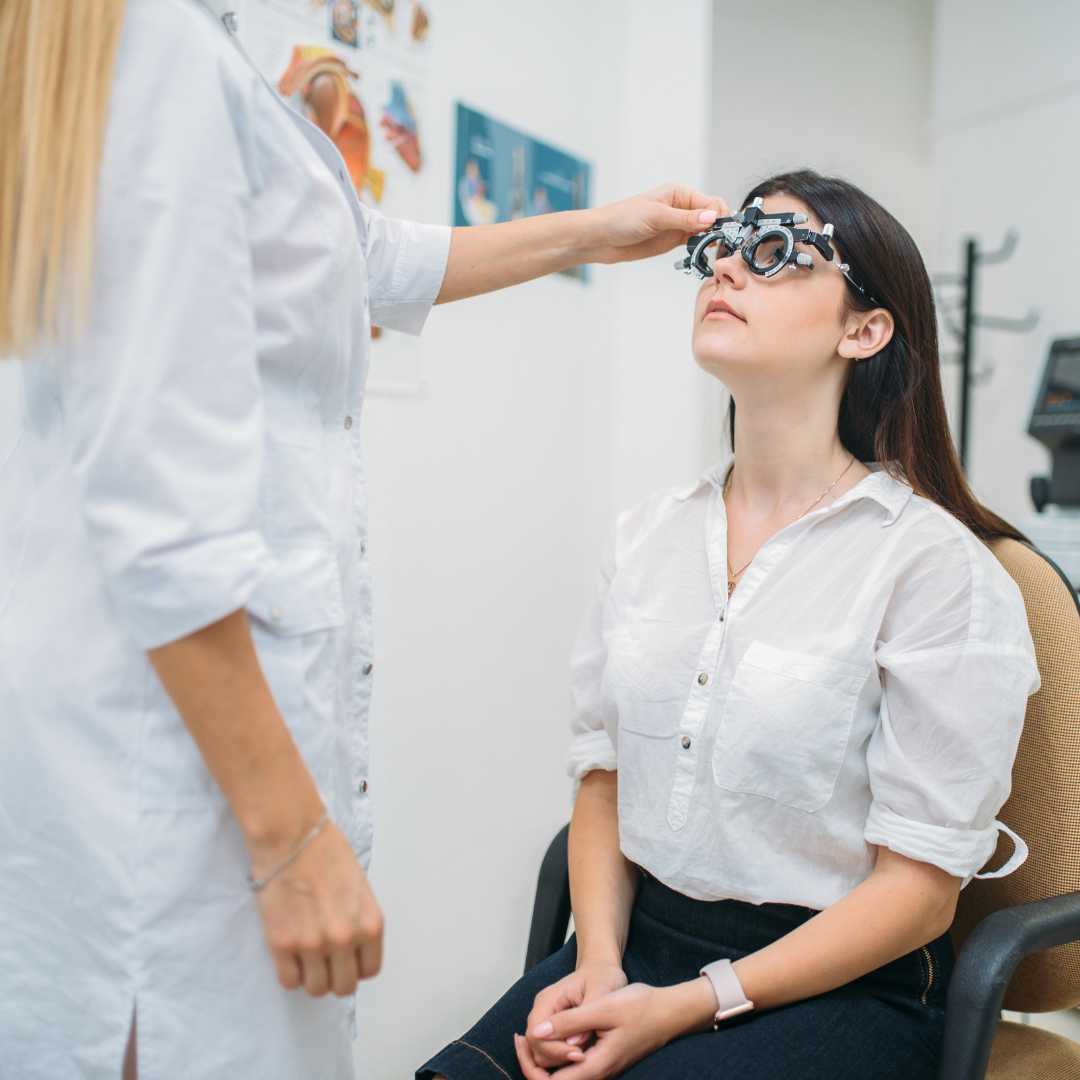Eye/Lasik Care
.png)
Table of Content
Key Insights at a Glance
- LASIK and other eye surgeries abroad offer high success rates for vision correction.
- Popular destinations include Turkey, Mexico, and Thailand, known for affordable and quality eye care.
- New treatments like SMILE and Wavefront LASIK provide advanced options for specific vision needs.
- Eye care procedures generally have minimal downtime, with most patients resuming daily activities within a day or two.
What is Eye/Lasik Care?
Eye care treatments such as LASIK (Laser-Assisted In Situ Keratomileusis) are designed to correct vision problems, including nearsightedness, farsightedness, and astigmatism. LASIK and other refractive surgeries reshape the cornea to improve how light is focused on the retina, reducing or eliminating the need for glasses or contact lenses. Modern technologies in eye care now offer multiple options like SMILE and PRK, expanding choices for patients worldwide.
Benefits of LASIK and Eye Care Treatments
- Improves vision clarity, often reaching 20/20 or better
- Quick, minimally invasive procedures with short recovery times
- Reduces or eliminates dependence on glasses and contact lenses
- Provides long-term cost savings compared to eyewear and contacts
- Advanced techniques allow personalized treatment for various eye conditions
Latest Types of LASIK and Eye Care Treatments Available Worldwide
| Treatment Type | Description |
|---|---|
| Traditional LASIK | Uses a laser to reshape the cornea, correcting vision issues with high precision. |
| SMILE (Small Incision Lenticule Extraction) | Minimally invasive LASIK alternative, ideal for patients with high myopia. |
| Wavefront-Guided LASIK | Customizes the LASIK procedure based on individual eye topography for optimal results. |
| PRK (Photorefractive Keratectomy) | An alternative to LASIK for those with thin corneas, involves reshaping without a corneal flap. |
Explore different packages for LASIK and Eye Care by clicking here.
Safety Concerns Related to LASIK and Eye Care Abroad
- Ensure the clinic is certified and staffed by experienced ophthalmologists.
- Proper screening of eye health is critical to determine the suitability of LASIK or other treatments.
- Choose clinics with FDA-approved or CE-certified equipment for reliable results.
- Follow postoperative care instructions to prevent infections or complications.
Risks Associated with LASIK and Eye Care Globally
- Temporary dryness or irritation in the eyes
- Risk of under- or over-correction, sometimes requiring follow-up treatment
- Potential glare or halos around lights, especially at night
- Rare risk of infection or flap complications in LASIK surgery
Procedure Details for LASIK and Eye Care Treatments
The specific steps in LASIK or other eye care procedures vary, but here’s a general outline:
- Initial Evaluation: Comprehensive eye examination to determine if LASIK is suitable.
- Preparation: Numbing eye drops are administered, and the eye is prepared for the laser.
- Laser Reshaping: A laser reshapes the cornea (in LASIK), or a small incision is made (in SMILE) to correct vision.
- Post-Treatment Care: Patients receive eye drops and follow-up guidance to promote healing.
Cost of LASIK and Eye Care in the World | Compare Prices
| Country | Approximate Cost (USD) |
|---|---|
| United States | $2,000 - $4,000 per eye |
| Turkey | $1,200 - $2,000 per eye |
| Mexico | $1,000 - $1,800 per eye |
| Thailand | $1,500 - $2,500 per eye |
| India | $800 - $1,500 per eye |
Find prices for LASIK and Eye Care Treatments near you here.
FAQs Related to LASIK and Eye Care Internationally
What is the cost of LASIK without insurance?
The cost of LASIK surgery without insurance typically ranges from $800 to $4,000 per eye, depending on the country, clinic, and specific type of LASIK procedure. Countries like Turkey, Mexico, and India offer more affordable options.
Is LASIK safe for everyone?
LASIK is generally safe for people with stable vision and healthy eyes. However, it may not be suitable for individuals with thin corneas, severe dry eyes, or certain medical conditions. A comprehensive eye exam will help determine eligibility.
How long does LASIK recovery take?
Most patients experience improved vision within 24 hours, but full recovery may take a few weeks. During this time, it's essential to follow postoperative care, including avoiding strenuous activities and protecting the eyes.
What are the differences between LASIK and SMILE?
LASIK involves creating a corneal flap, while SMILE (Small Incision Lenticule Extraction) uses a small incision, making it less invasive and suitable for people with high myopia or thin corneas. Recovery times and patient comfort may also vary between the two.
Are follow-up treatments required after LASIK?
Follow-up treatments are uncommon but may be needed if under- or over-correction occurs. Clinics typically offer follow-up care as part of the initial treatment package to ensure optimal results.
Book Your LASIK Eye Care Treatment Today with PlacidWay
Interested in restoring your vision with LASIK or another eye care treatment? PlacidWay offers access to trusted eye care specialists worldwide, providing high-quality, affordable LASIK and advanced eye treatments. Whether you’re interested in LASIK, SMILE, or Wavefront LASIK, our partners deliver expert care tailored to your needs. Start your journey to better vision today and enjoy life without glasses!









